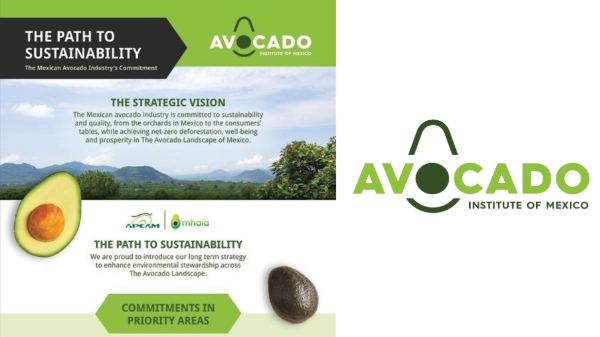Welcome to Blue Book!
Are you ready to join the thousands of companies who rely on Blue Book to drive smarter decisions? View our plans and get started today!
Still have questions? We’d love to show you what Blue Book can do for you. Drop us a line– we’ve been waiting for you.
“For years, everyone understood that GMOs are out there but no one was selling them,” commented Mark Hayes, a partner at Twin Garden Farms, in Harvard, IL. Yet when Walmart tested the waters and announced it would accept GMO corn in the summer of 2012, Hayes says “I suddenly got no fewer than ten emails and letters from customers saying I needed to sign a document verifying that I don’t grow GMO corn, and that I now and forever will not sell GMO corn.”
Thus Walmart’s pronouncement opened the door—perceptually and literally—to selling GE corn, which in turn angered and frightened many consumers.
Hayes says that if opinion shifts, there very well may be effective and consistent ways to improve crop production and therefore the economic benefits of growing GE crops. This will require more than just acceptance but require education and a relationship between growers and scientists. Growers will need to appropriately manage GE crops and scientists will have to continuously innovate to effectively address ever-changing pest and weed challenges.
Perhaps even value-added GE varieties such as the Arctic Apple will make headway in the market. In the meantime, each grower must carefully consider all of the potential benefits and costs, both on and off the farm, to make an economically sound decision about GE crop varieties.








